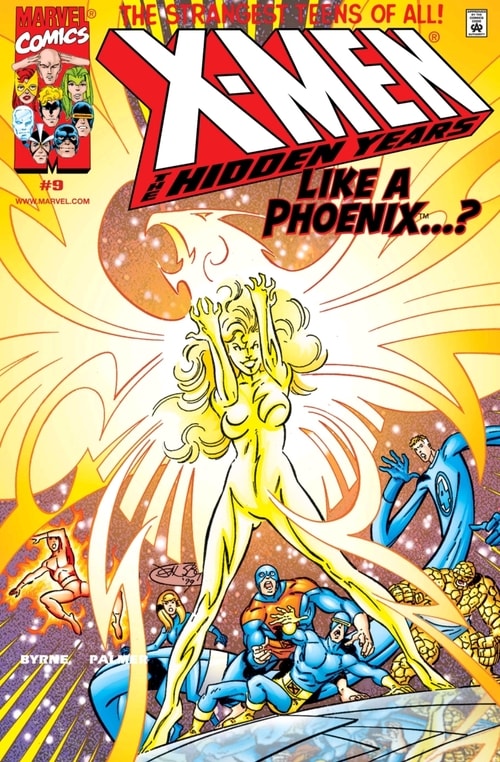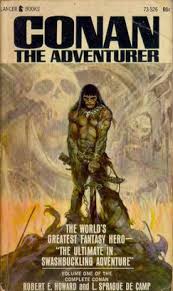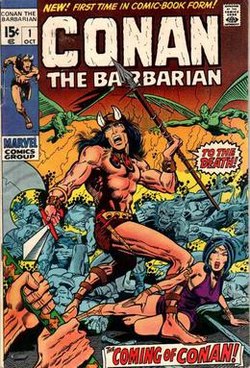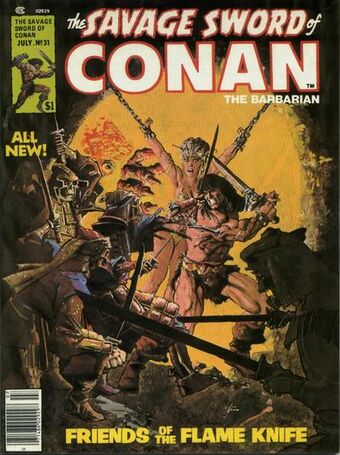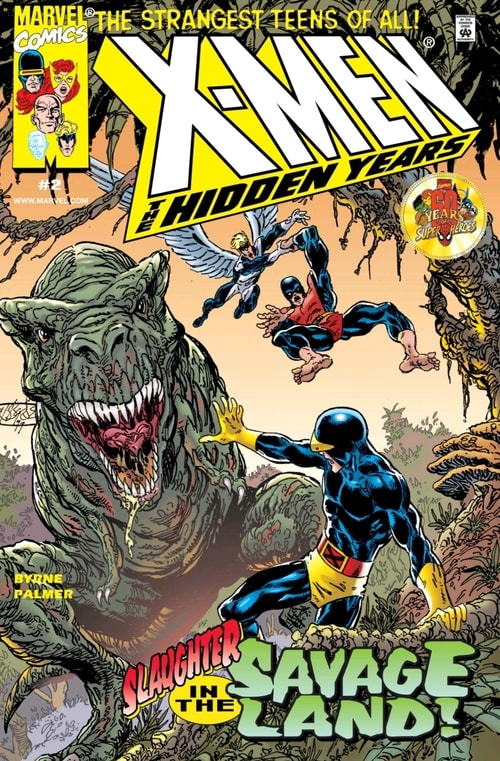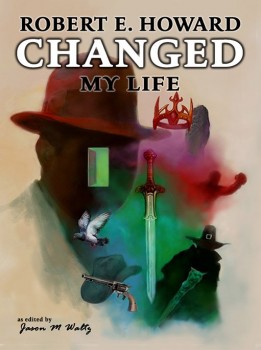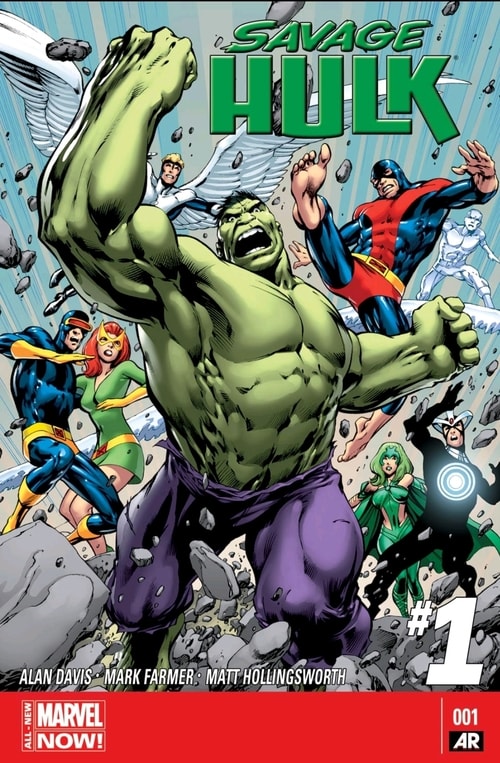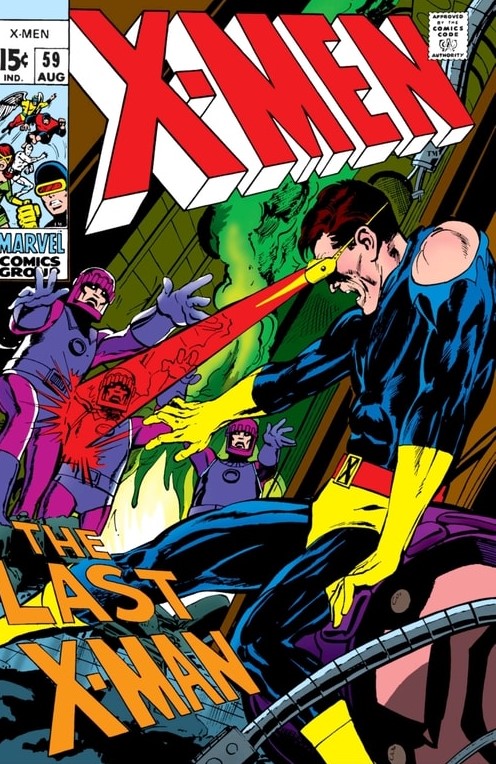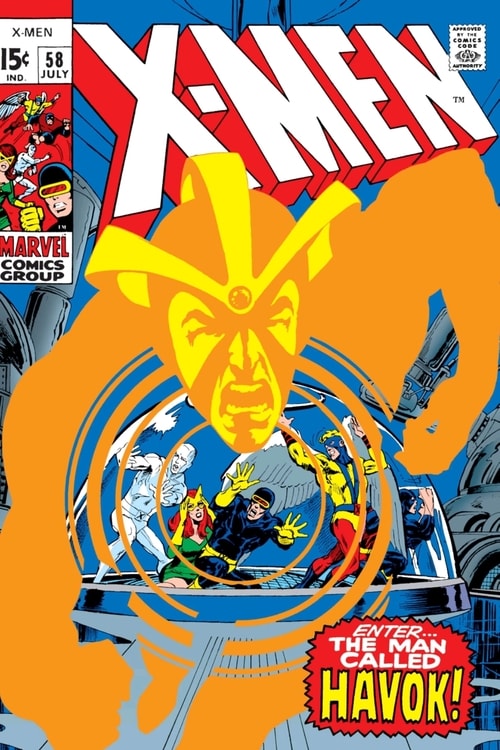As Close as We’ll Get to a Completed Big Numbers: A Glimpse of a Lost Masterwork by Alan Moore and Bill Sienkiewicz
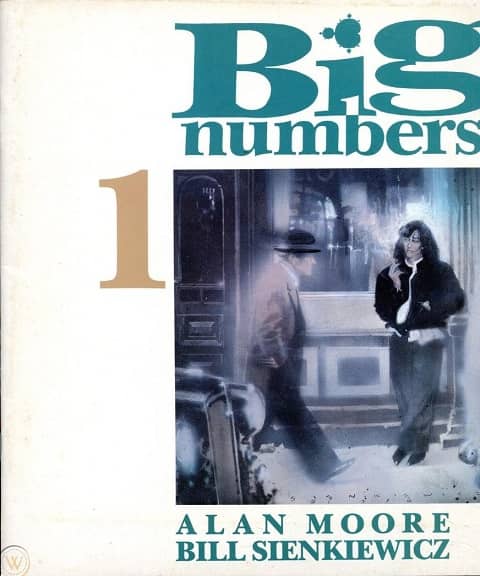 |
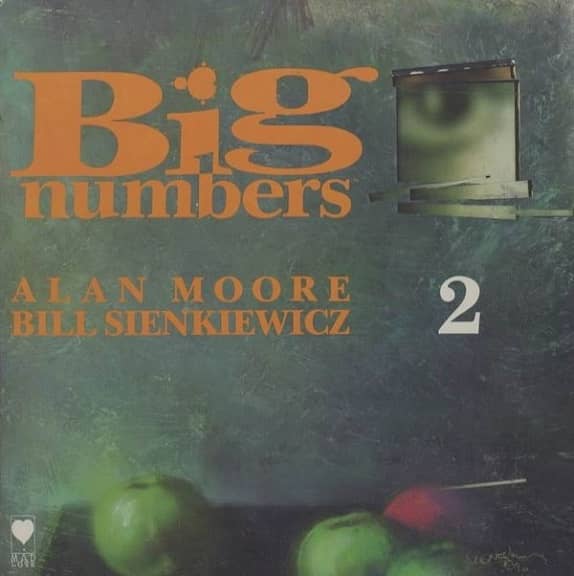 |
Big Numbers issues 1 and 2. Mad Love, April and August 1990. Covers by Bill Sienkiewicz
It’s one of the great might-have-beens of comics history. First announced in 1988, Big Numbers was going to be a 12-issue series written and conceived by Alan Moore with art by Bill Sienkiewicz about a major American shopping mall being built in a small English town. It would be an intricate social-realist story touching on colonialism, gender issues, and more — all tied together by the symbolism of fractal mathematics. Moore felt it would be the logical follow-up to Watchmen in terms of complexity and formal daring, following characters in the town as the mall changed their lives in various ways, and depicting their various interconnections, large and small.
Unfortunately, it never saw completion. Two issues came out in 1990 and a third was completed before Sienkiewicz, feeling overwhelmed by the project, stepped away. The series never resumed publication, and later plans for a TV adaptation came to nothing.
But back in 1988 Moore had created a massive grid-like outline, outlining the related stories of the various main characters. Comics artist James Harvey has now put up a strikingly well-designed web version of that chart, along with annotations from transcripts of an extensive conversation with Moore about the series as preparation for the TV show. Well-placed links help bring out the connections Moore had planned. It’s an excellent, easy-to-use resource for Moore fans — as well as a good read. And likely the most complete version of Big Numbers we’ll ever see.
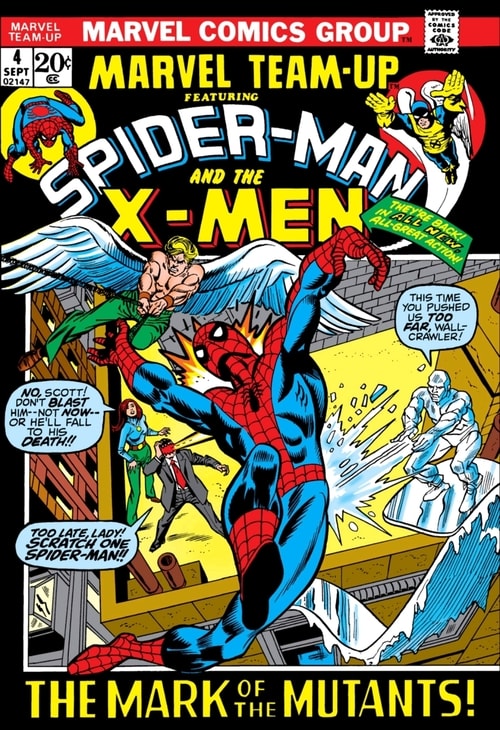
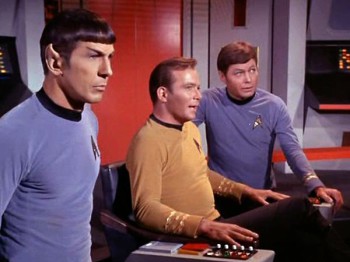 Do you remember your first hero? Any kind of hero. It could have been a hero from a movie or a book or a television show, even a hero from real life.
Do you remember your first hero? Any kind of hero. It could have been a hero from a movie or a book or a television show, even a hero from real life.